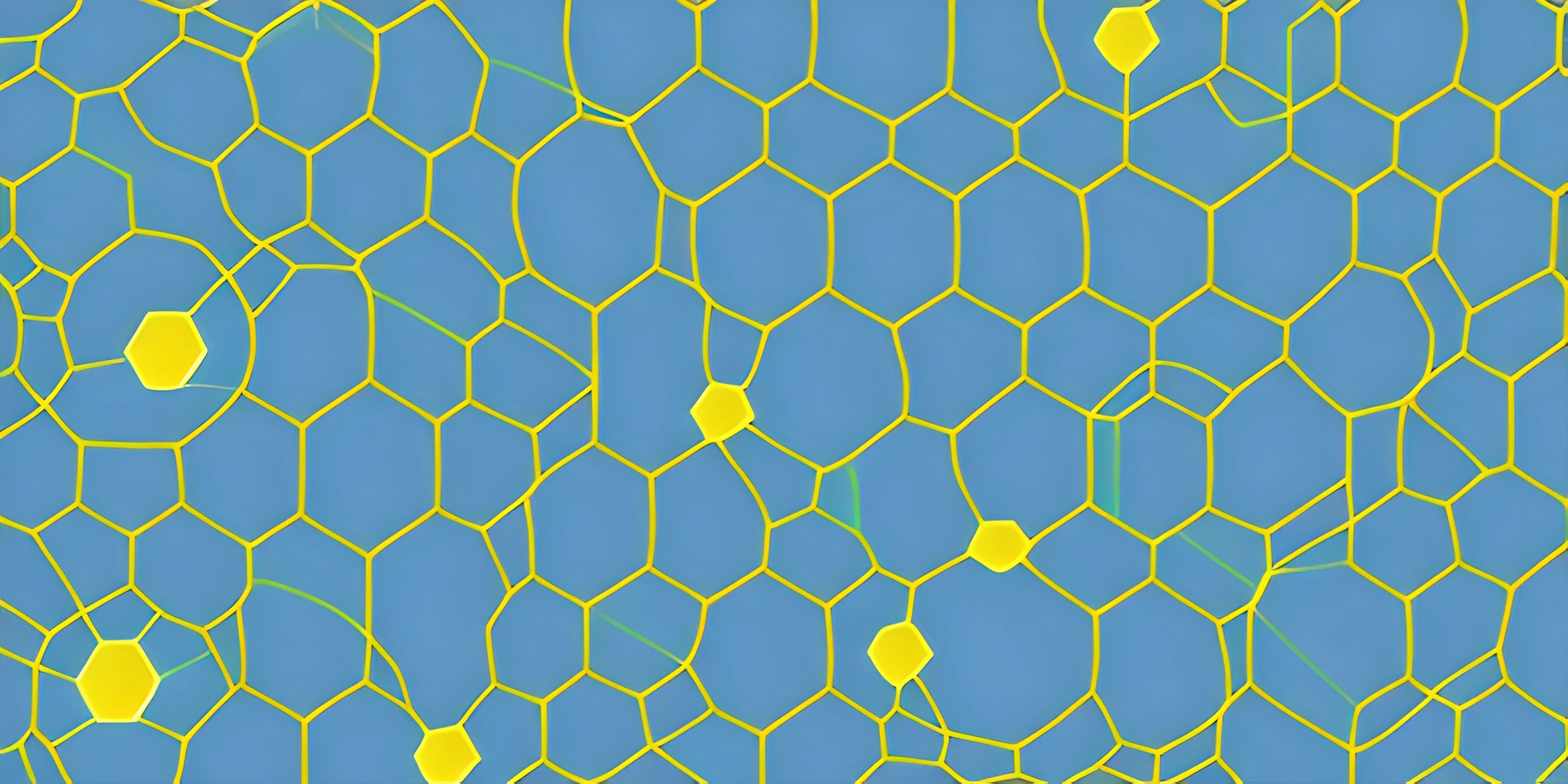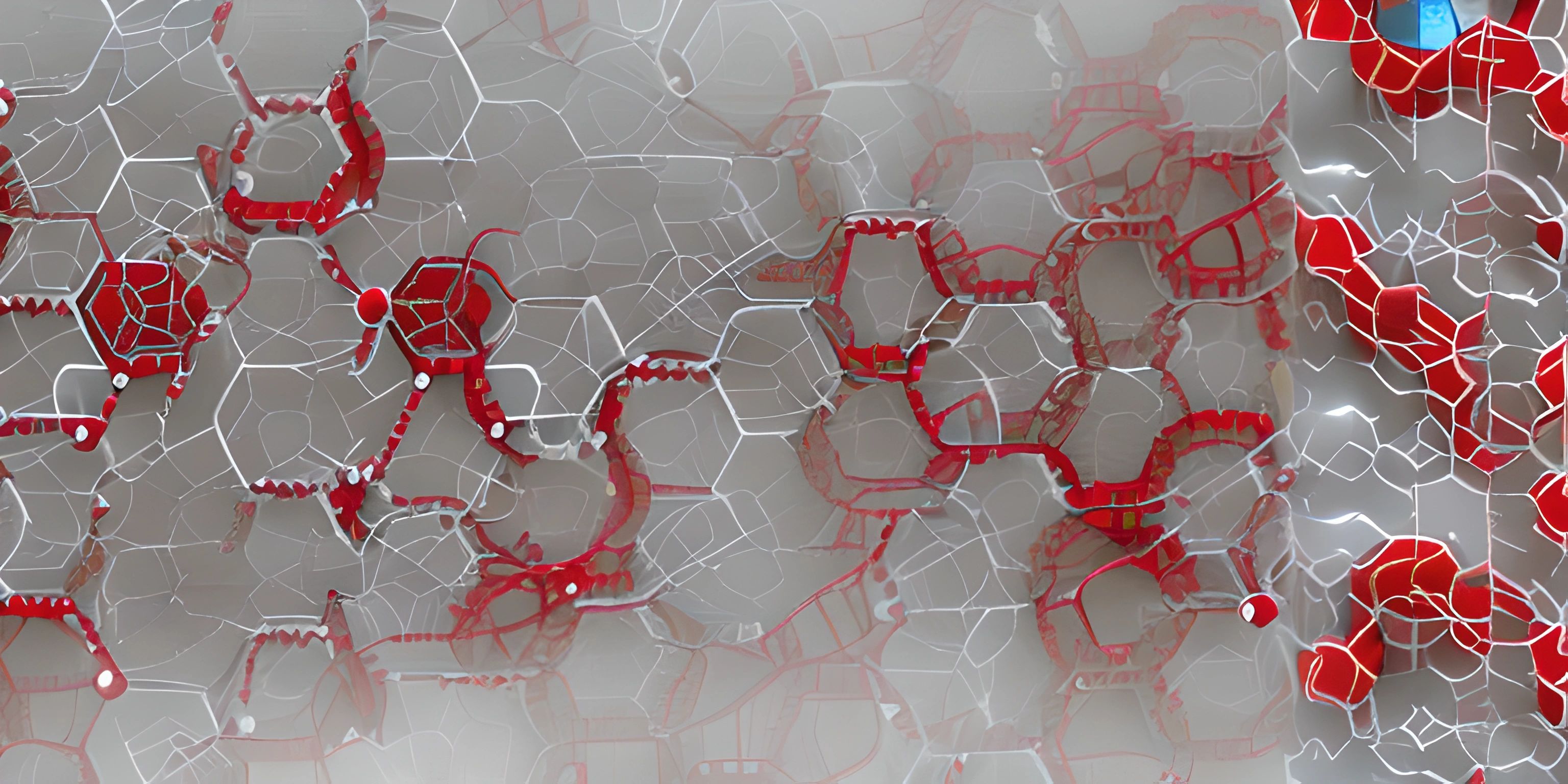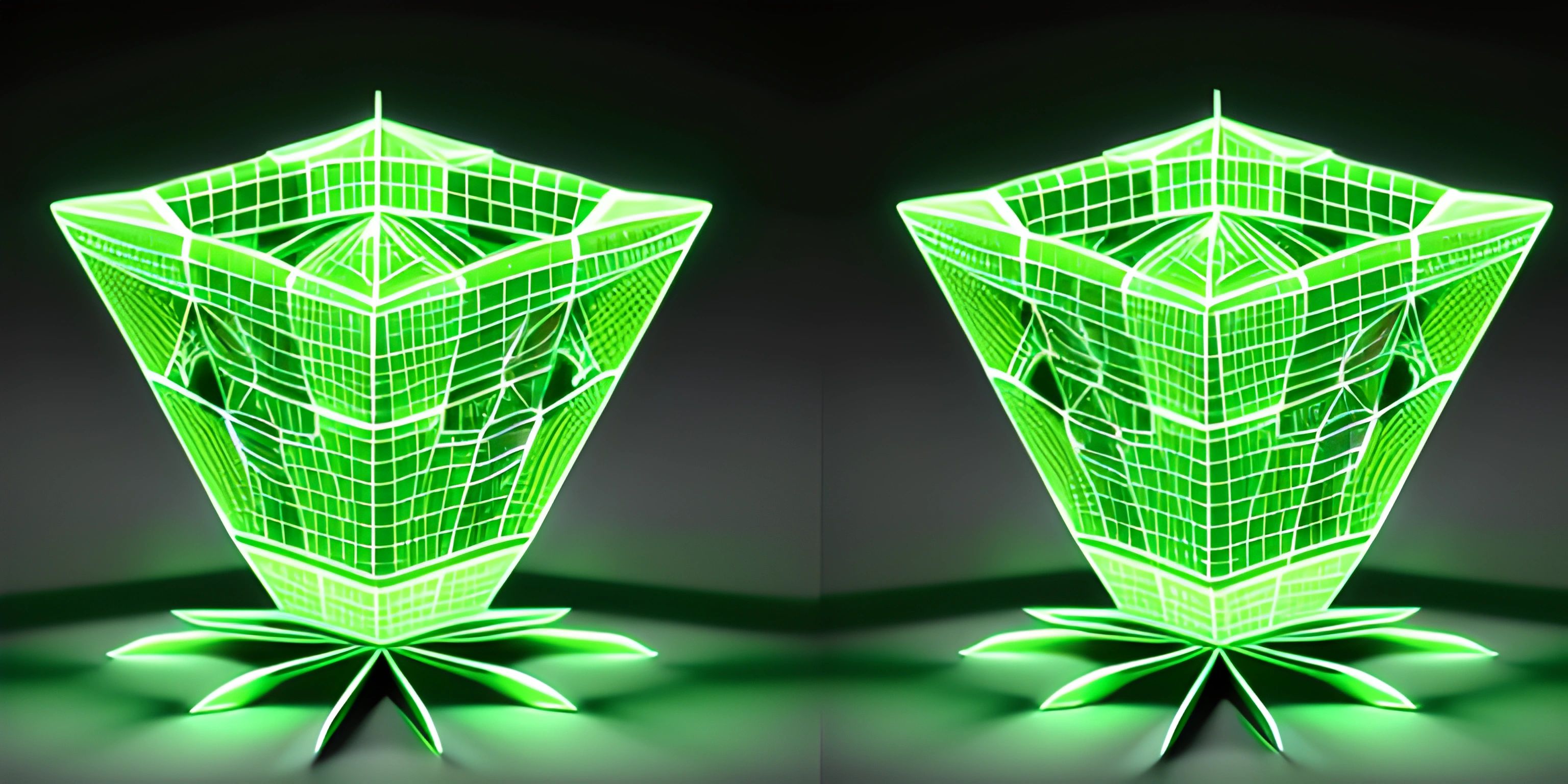Top Graph Databases in the Market

Note: this page has been created with the use of AI. Please take caution, and note that the content of this page does not necessarily reflect the opinion of Cratecode.
In the realm of data storage and processing, graph databases have gained immense popularity, owing to their ability to represent complex relationships effortlessly. While traditional databases, like relational or NoSQL, are still the go-to choice for many applications, graph databases provide a more efficient and natural way of dealing with highly connected data.
This article will guide you through the top graph databases available in the market, their shining features, and use cases.
What is a Graph Database?
Before we dive into the top graph databases, let's quickly understand what a graph database is. A graph database is a type of NoSQL database that uses graph structures to represent and store data, allowing efficient querying and traversing of relationships among data entities. Graph databases are particularly suitable for applications that deal with vast amounts of interconnected data, such as social networks, recommendation systems, and fraud detection.
Now, let's explore the leading graph databases out there.
1. Neo4j
Neo4j is arguably the most popular graph database in the market. It is an open-source, high-performance, and scalable graph database that uses Cypher - its declarative query language. Neo4j is designed for both transactional and analytical workloads and supports ACID properties, ensuring data consistency and integrity.
Features:
- Intuitive and expressive query language (Cypher)
- High-performance and scalability
- Built-in support for data import and export
- Rich ecosystem with plugins and integrations
- Robust community and extensive documentation
Use Cases:
- Social networks
- Fraud detection
- Knowledge graphs
- Real-time recommendations
2. Amazon Neptune
Amazon Neptune is a fully managed graph database service by AWS. It is designed to work with various graph models, such as Property Graph and RDF, and supports popular graph query languages like Apache TinkerPop Gremlin and SPARQL. Being a managed service, Neptune takes care of operational aspects like backups, patching, and scaling.
Features:
- Support for Property Graph and RDF models
- Compatible with Gremlin and SPARQL query languages
- Highly available, scalable, and secure
- Seamless integration with other AWS services
- Automatic backups and snapshots
Use Cases:
- Knowledge graphs
- Identity graphs
- Fraud detection
- Life sciences and genomics
3. ArangoDB
ArangoDB is a multi-model database that supports graph, document, and key-value data models. It uses AQL (ArangoDB Query Language) for querying, which allows you to perform complex graph traversals, text searches, and geo-spatial queries. ArangoDB is known for its flexibility and performance, making it an excellent choice for various use cases.
Features:
- Multi-model database with support for graph, document, and key-value data
- Flexible and powerful query language (AQL)
- Horizontal scaling with data sharding
- Built-in full-text search and geo-spatial queries
- Extensive drivers and integrations
Use Cases:
- Real-time recommendations
- Fraud detection
- Social networks
- Internet of Things (IoT) analytics
4. OrientDB
OrientDB is another multi-model database with support for graph and document data models. It is an open-source, distributed database designed for high performance and scalability. OrientDB uses SQL-like queries and supports ACID transactions and immediate consistency.
Features:
- Support for graph and document data models
- SQL-like query language
- Distributed architecture for high performance and scalability
- ACID transactions and immediate consistency
- Robust security features
Use Cases:
- Master data management
- Social networks
- Fraud detection
- Real-time analytics
5. JanusGraph
JanusGraph is an open-source, scalable graph database optimized for storing and querying large graphs with billions of vertices and edges. JanusGraph is designed to work with multiple backend storage options, such as Apache Cassandra, Apache HBase, and Google Cloud Bigtable. It also supports global graph search using Elasticsearch, Solr, or Lucene.
Features:
- Support for various backend storage options
- Elastic and linear scalability
- Global graph search with Elasticsearch, Solr, or Lucene
- Compatible with Apache TinkerPop Gremlin query language
- Transactional consistency with configurable isolation levels
Use Cases:
- Social networks
- Fraud detection
- Knowledge graphs
- Geospatial applications
Conclusion
There is a wide range of graph databases available in the market, each with its unique features, strengths, and use cases. When choosing a graph database, consider factors such as performance, scalability, query language, and integration with other tools and services. The top graph databases listed here should serve as a solid starting point for your search.
Hey there! Want to learn more? Cratecode is an online learning platform that lets you forge your own path. Click here to check out a lesson: Recursion Intro (psst, it's free!).
FAQ
What are graph databases and why are they important?
Graph databases are a type of NoSQL database that use graph structures to store, map, and query relationships between data points. They're designed for high performance when handling complex relationships and large amounts of data. Graph databases are particularly important in applications where relationships between data points matter, such as social networks, recommendation engines, fraud detection, and knowledge graphs.
What are some of the top graph databases available in the market?
Some of the top graph databases currently available include:
- Neo4j
- Amazon Neptune
- Microsoft Azure Cosmos DB
- OrientDB
- ArangoDB
- JanusGraph
- DataStax Enterprise Graph
How do I choose the right graph database for my needs?
To choose the right graph database for your needs, consider the following factors:
- Scalability: Does the database scale horizontally and vertically to handle your data volume and query load?
- Performance: How efficiently does the database execute complex queries and handle large datasets?
- Ecosystem and integrations: Are there well-maintained drivers, libraries, and tools for your preferred programming languages and frameworks?
- Licensing and pricing: What is the cost of implementing and maintaining the database, and does it fit your budget?
- Community and support: Is there a strong community and support structure to help you troubleshoot and optimize your usage of the database?
Can you provide a brief overview of Neo4j as a graph database?
Neo4j is an open-source, ACID-compliant graph database that is widely used and considered the leading graph database platform. It uses Cypher, a declarative graph query language, to query and manipulate data. Neo4j offers a high level of performance and scalability, and it supports various data import and export formats. Additionally, Neo4j has a large community, extensive documentation, and numerous libraries and integrations, making it a popular choice among developers.
Are graph databases suitable for all types of applications?
While graph databases excel at managing complex relationships and large datasets, they may not be the best fit for all applications. For example, if your data model is primarily tabular with few relationships, a traditional relational database might be more suitable. However, if your application involves complex relationships or requires efficient querying of connected data, a graph database could be the right choice. Ultimately, it's essential to evaluate your specific use case and data model when determining the best database solution.





